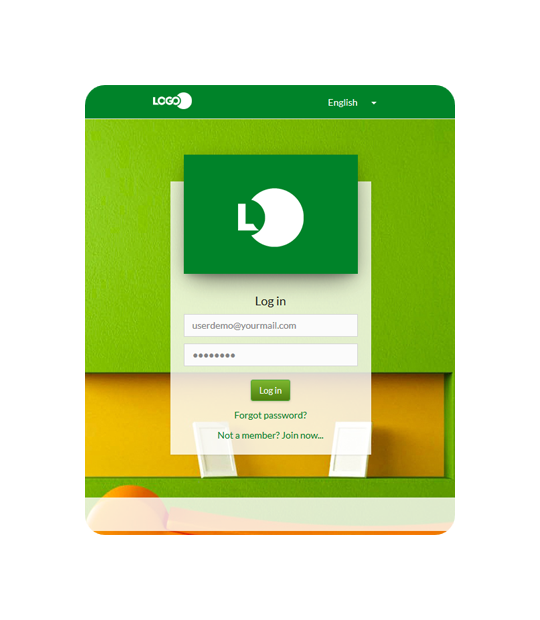PHP Shop
John Doe
Lorem ipsum dolor sit amet. In nobis Quis 33 iste consequatur ut pariatur fugiat nam tempore quisquam est omnis mollitia. Eos quasi voluptatem aut cumque consequatur et totam exercitationem sed voluptatem porro. Cum minus eaque ea veritatis enim ab reprehenderit vitae cum vitae pariatur qui voluptatem iste est error velit id minus consequatur. Et possimus blanditiis sed quia quia ea consequatur saepe quo et corrupti dolores. Et excepturi nobis eum omnis neque ab nostrum repellat a explicabo quid... See More.
Description
Payment gateway is a service that the merchants, shops and sellers use to accept payments through credit or debit card from customers. The term includes not only physical card readers but also portals for payment processing that can be found in online stores. Once the customer has placed the order online and continued with payment, they will need to provide their credit/ debit card details. Card data is securely encrypted using Secure Socket Layer (SSL) encryption, which must be sent between the browser and the merchant's web server. For each successful transaction the payment gateway charges a transaction processing fee, called transaction discount rates or TDRs, which are charged as a percentage of the value of the transaction. The payment gateway goes through a series of steps, from entering card details to paying into the merchant's account. STEP 1: After the customer has placed the order online and continued with payment, they must provide their credit/ debit card details. STEP 2: It sends card data securely between the browser and the merchant's web server with secure socket layer (SSL) encryption. STEP 3: The payment gateway converts the XML to ISO 8583 or another message format (a format understood by EFT switches), then sends the transaction data to the payment processor used by the commercial bank. STEP 4: The payment processor is responsible for relaying all payment requests to the card network (i.e. Visa / MasterCard / American Express). STEP 5: The credit card issuing bank then receives an authorization request, checks the available credit or debit order, and returns the response to the processor with a recall (i.e., approved or rejected) (during the same authorization procedure). The response code is also used to communicate the cause of a transaction failure. e.g. insufficient funds, etc. STEP 6: The processor then sends an official response to the payment gateway and the payment gateway receives the response and sends it to the merchant's customer interface on which the payment is processed. This process is called authorization or "authentication". It usually takes 2-3 seconds. STEP 7: If the process is successful after authentication, the merchant executed the order for which the customer has paid. The customer can see the payment status on his/ her dashboard. STEP 8: The payment gateway sends all the merchant's approvals in a "batch" (end of day) to the receiving bank for processing by their processor. STEP 9: The receiving bank sends a bulk billing request to the credit card issuer. STEP 10: The credit card issuer compensates the receiving bank (in most cases the next day). STEP 11: The receiving bank then deposits the full amount of approved funds to the payment gateway and the gateway allocates the funds into the account specified by the merchant (same day or next day).













Leave a comment